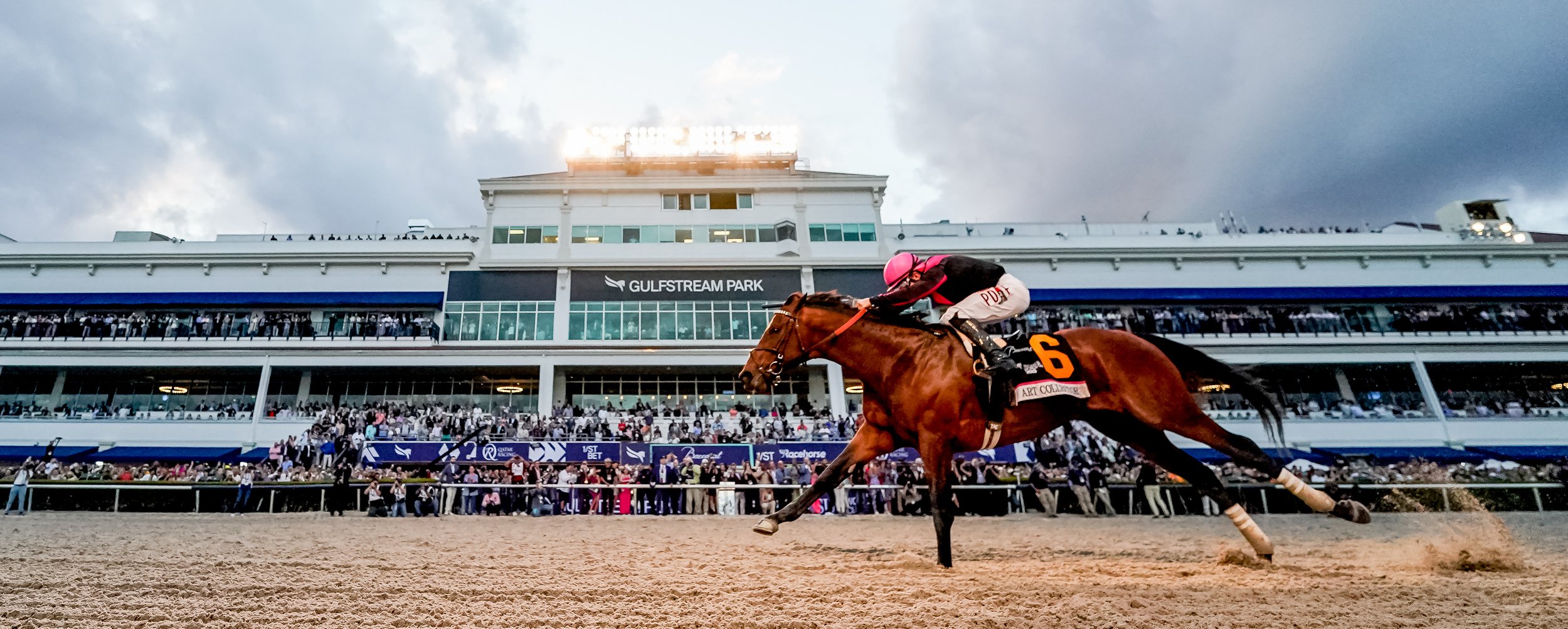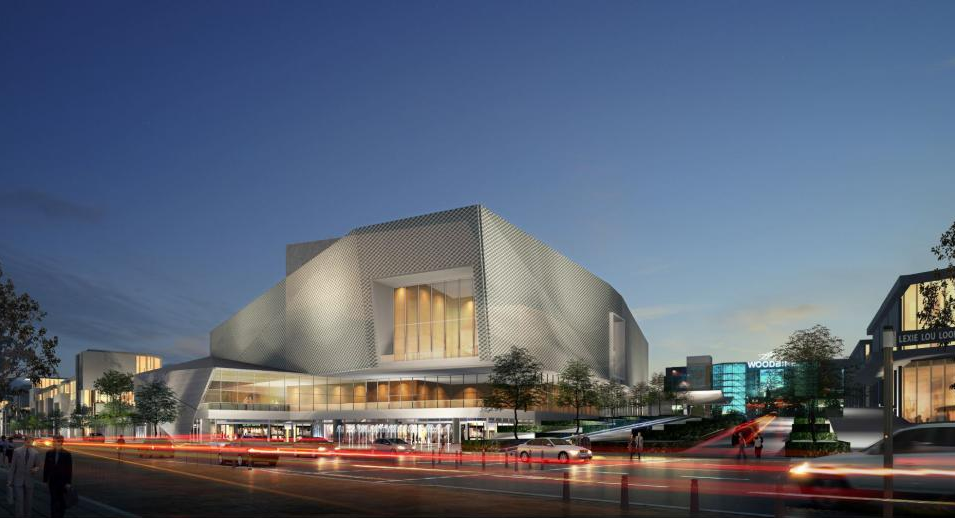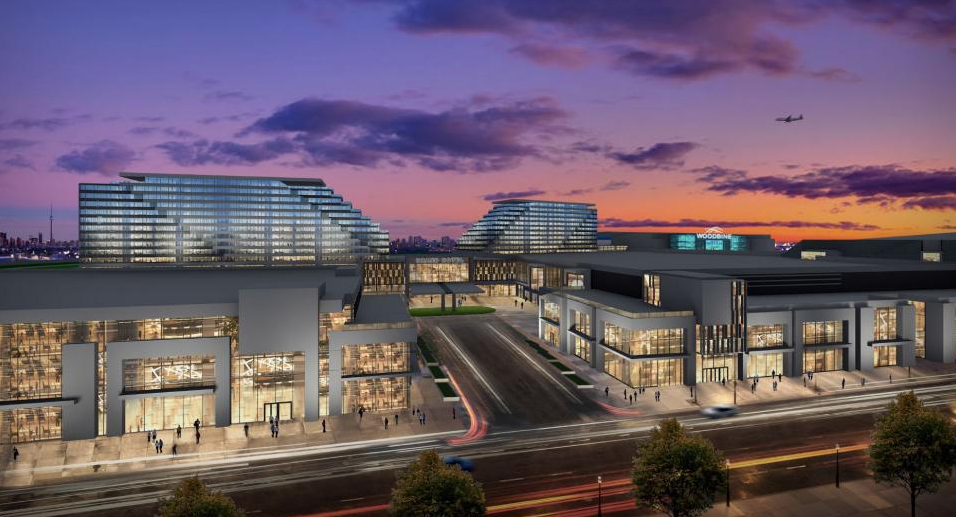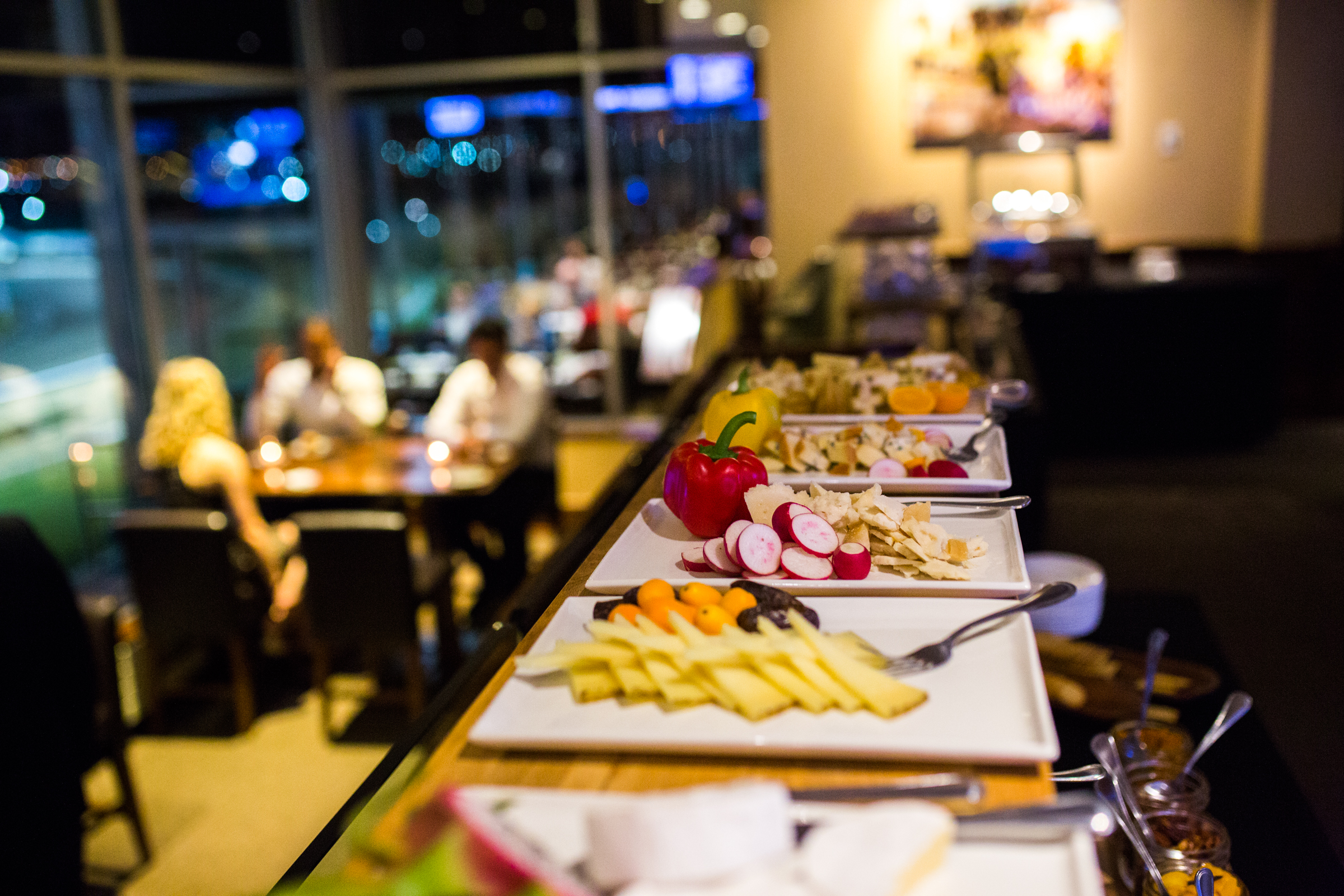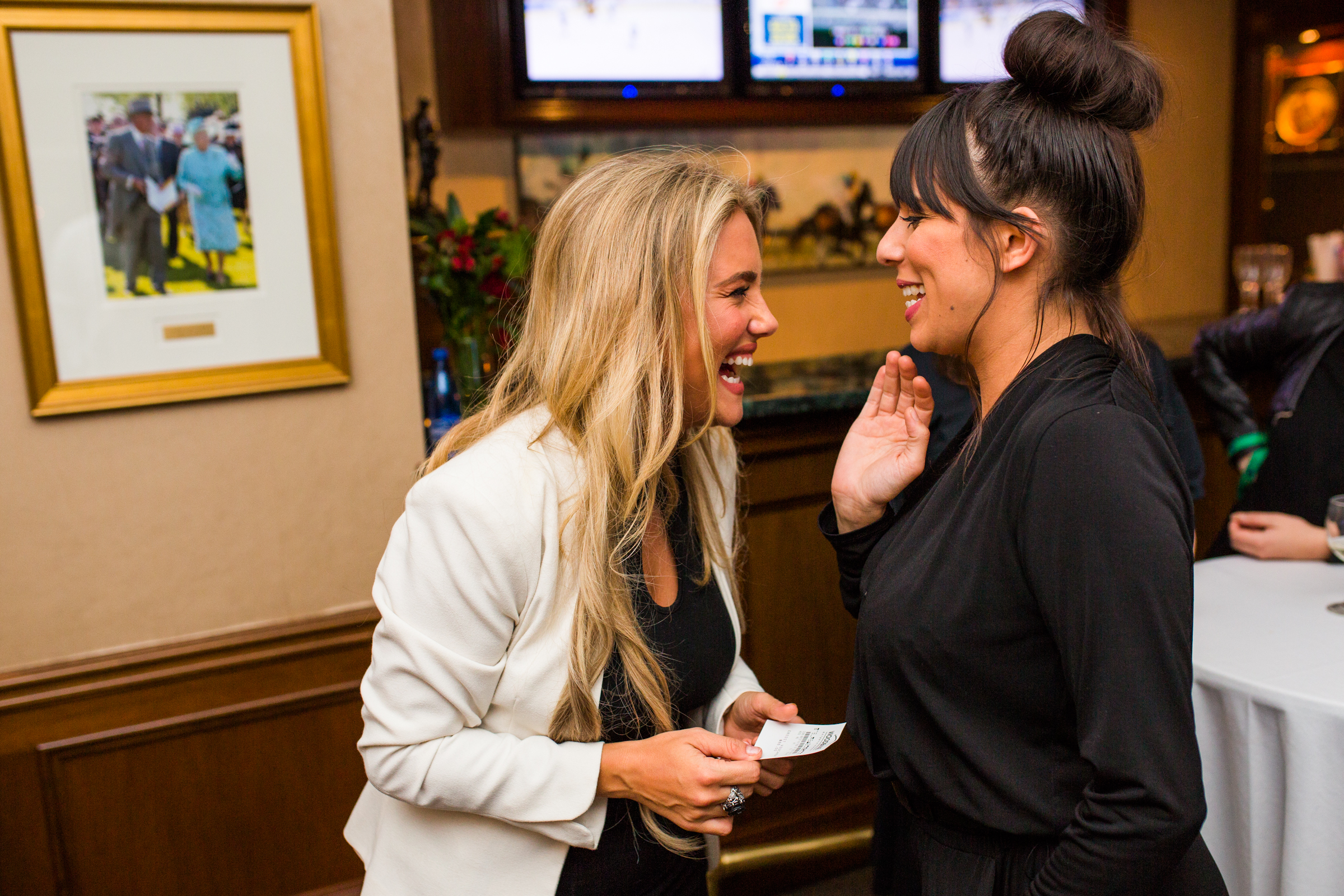Redevelop, Revitalize and Revise
/Words - Bill Heller
Gulfstream Park
Can racetracks prosper or even survive without redevelopment and/or revitalization? Must they become year-round attractions or even destination venues? Tracks have tried adding casinos, concerts, hotels, retail stores and even a village—all with a hope of increasing the handle that generates purses.
Yet several of North America’s most storied racetracks have closed their doors forever: Hollywood Park, Arlington Park, Calder Race Course, and, in the not-too-distant future, Aqueduct Racetrack.
“I think the product has to evolve,” David O’Rourke, CEO and president of the New York Racing Association, said. “Every situation is unique.”
His sure is. He’s taken on razing and rebuilding Belmont Park and closing Aqueduct. He’s also carefully tinkered with the historic Saratoga Race Course.
Woodbine, which launched a 25-year ambitious project in Toronto in March 2022, is already showing dramatic increases.
Churchill Downs has already spent millions improving its facility, so has Oaklawn Park and Kentucky Downs.
Frank Stronach was first, envisioning a very different Gulfstream Park more than 20 years ago. His 1/ST also operates Santa Anita, Laurel Park, Pimlico Racetrack, Golden Gate Fields and Rosecroft, a harness track in Maryland. 1/ST acquired Gulfstream Park in September 1999, for $95 million.
It didn’t take Stronach long to reach a conclusion about Gulfstream.
“We don’t get enough customers,” Stronach told Andy Beyer in his Washington Post column on February 7, 2001. “We don’t get a lot of young people. Something isn’t right. That’s why you’ve got to change. I like horses a lot—really a lot. But even I get bored sitting a whole afternoon. If I’m interested in the second race and the seventh race, maybe between them, I want to get a haircut or do some shopping.”
Beyer concluded 22 years ago: “Of course, it’s easy to find fault with any new ideas. But at the very least, Stronach deserves credit for trying hard (and investing confidently) to resuscitate the game he loves. If he fails, he will fail because the world has changed and there is no possible way to bring back the old days of grandeur and glory. But all racing fans would love to see him succeed, to see a day when Gulfstream is packed with young patrons sipping cappuccino by the paddock.”
Has that happened?
Gulfstream Park’s Carousel Club.
Actually, yes. Patrons at the adjacent Yard House, one of the dozens of restaurants in the Gulfstream Park Villages, can dine just outside the paddock. Whether they have come from the racetrack or will go to the racetrack after they dine is hard to tell, but at least that part of Stronach’s vision has come true.
Stronach used the mythological Pegasus to stamp Gulfstream Park with a new signature race, the Pegasus World Cup, and an enormous statue of Pegasus vanquishing a dragon is nothing less than stunning, At 110 feet, Pegasus is the second tallest statue in the continental U.S., topped only by the Statue of Liberty. The statue, which was pre-cast and shipped from China in 23 packing containers and steel beams shipped from Germany, cost $30 million.
Located adjacent to multiple parking lots separating the track and the backstretch, Pegasus guards the track. Inside the track, there is a casino on two floors, a large splashy simulcast room, two restaurants and offices. Outside, the village of retail stores is separated by the paddock and a normal-size statue of Cigar.
The Gulfstream Park Villages, which formally opened on February 11, 2000, consists of nine one- and two-story buildings spread over 400,000 square feet. offering shopping, dining, live events and booked events. There are seven fashion shops, three specialty stores, three art galleries, 11 home furnishing and houseware outlets, and four health and beauty salons. There are 36 dining options including fine dining, casual dining, quick bites, trackside eats, bars and lounges. Events occur every Friday, Saturday and Sunday. Marquis events include concerts. Events for the public include weddings, parties, meetings, suites and boxes, film setting and concert rentals.
All that’s lovely, but has it enhanced Gulfstream Park’s horse race meet, now year-round with the closing of Calder Race Course? It’s tough to tell if the vast amenities have created new racing fans. “There is no way to tell,” Gulfstream Park Executive Director and Vice President Billy Badgett said.
Handle numbers, which are tough to evaluate because of the two-year pandemic, have changed little the past year and a half.
Oaklawn Park is the shining example of racetracks changing, growing and increasing handle since it completed a $100 million expansion in 2021.
In its 2022–2023 68-day meet from December to May, Oaklawn’s average daily handle was $6.67 million, up from $6.23 million for its 66-day meet when December dates were first added last year. Purses averaged more than $700,000 daily.
Those weren’t the only good numbers. “Everything was up,” said Oaklawn Park President Lou Cella, whose family has owned Oaklawn for some 120 years. Both on-track and off-track handle were up. And it’s allowed Oaklawn Park to raise purses for its 2023–2024 meet beginning in December. Cella said maiden special weights will go for $115,000, allowance races for $140,000, and stakes race minimum $150,000.
Oaklawn Park held four Kentucky Derby point-standing stakes races topped by the $1.25 million Arkansas Derby. “We’re going to raise every one of our three-year-old stakes, and the 2024 Arkansas Derby will go for $1.5 million,” Cella revealed.
Though Oaklawn Park stopped issuing attendance figures when it stopped charging for admission some 15 years ago, attendance on Saturdays during the meet ranged from 25,000 to 35,000 despite many rainy Saturday afternoons. The Arkansas Derby drew an estimated 65,000. “Once we got into gaming, it was hard to charge for racing because we weren’t charging for gaming,” Oaklawn Park Senior Vice President Eric Jackson said.
Business was also booming in the claim box as 556 claims were made for a cumulative $10.6 million.
Continuing to experiment, Oaklawn Park held its second annual Hall of Fame Day, featuring 19 members of the Hall. Donations of $2,500 were given to each Hall of Famer’s favorite charity.
Oaklawn Park gained momentum through its highly popular instant racing slot-like machines and kept adding amenities, including a hotel with a dynamic view of the entire stretch. Several restaurants are also available to patrons.
“We feel like we’re pioneers getting racing and casinos working together,” Jackson said. “The numbers are terrific. The model is working.”
To be sure, Oaklawn Park is sweetening the deal for trainers and owners that began last year. Trainers and owners who have a starter during the final two weeks of the meet will receive daily bonuses of $200 a day and $400 a day, respectively. “They were designed to help the smaller trainer,” Cella said. “Last year, our average number of starters the final two weeks were 9 to 9.5.”
The Woodbine community plan
Woodbine’s numbers have rocketed up since the inception of its bold 25-year Woodbine Community Plan last year to literally become part of the Toronto community. Initial returns have been huge. Woodbine set a record for handle for the 2022 Thoroughbred meeting at $621 million, a dramatic increase from the previous record: $533 million in 2018. Last year was the first year since 2019 that Woodbine held its complete Thoroughbred season after the pandemic.
Woodbine’s surge came after CEO Jim Lawson helped secure a historic funding agreement with the Ontario government in 2019 that allots up to $105 million annually to breeders, owners and trainers through 2038.
Lawson said in a Woodbine statement in late December, “At the start of the pandemic, I felt that through determination and resiliency, which is the trademark of this industry, we would emerge stronger; and this record is evidence we are on the right track.”
That track includes railroad tracks. A train station is one of the many aspects of the Woodbine Community Plan. “We don’t have a good rail service here,” Lawson said in June, 2023. “We want to bring in a train station.”
Woodbine can do that because it encompasses 683 acres. “Only 240 is for the track,” Lawson said. “That leaves about 400 acres developmentable. We will make two large residential units with 30,000 housing units on this site. We will be able to make a lot of those people fans of horse racing.”
What Woodbine is doing is changing the game. Instead of bringing fans to the racetrack, these people will already be a short walk away from the track. “It will be a really cool place,” Lawson said. “It will take 10 to 15 years. This is my vision. It’ll be a vibrant community. There’ll be so much going on here. They can walk to places. The sky’s the limit. We’re talking about 12 to 14 million visitors to this site by 2025. That’s about double what we have now.
Woodbine CEO Jim Lawson
“We’ve got a 5,000-seat music auditorium opening in August that can be used for conferences as well. We hope to open a retail sports book later this year overlooking the track. It’s up to us to make sure they’re also betting on horse racing. We hope to have a FIFA World Cup in 2026.”
Woodbine already has The Stella Artois Terrace, a 300-seat patio and live music at the finish line that opened last summer. “It’s been successful,” Lawson said. “It’s hard to get a reservation there. We boast our food is as good as a restaurant. It’s bringing out new fans. There’s no admission charge. No parking charge. We want people to just watch racing.”
Woodbine will open a multi-story hotel trackside on its stretch in August.
Lawson—who also co-owns the Hamilton Tiger-Cats in the Canadian Football League, the same team his father led to the 1945 Grey Cup and the Canadian equivalent of the Super Bowl when they were the Hamilton Wildcats—believes in the sport of horse racing: “I’m a firm believer that you need to get people out to the racetrack to experience the horses, experiences the jockeys. It is important for horse racing to sell that game-day experience to get people out here to see the sport.”
To that end, Lawson is proud of Woodbine’s broadcast team of 54 people. “We have 2,000 people working here and another 3,000 on the backstretch,” Lawson said.
They will be direct beneficiaries of Woodbine’s brave new world. “It’ll be a vibrant community,” Lawson said. “It’ll be a cool place. It will take 10 to 15 years with horse racing sitting in the center of it all. It’s a major transformation of the site. It will take a few years, but it will sustain horse racing for generations.”
Belmont Park has already started a major transformation of its site. That happened when the New York Islanders decided to build a new, 17,500-seat, multi-purpose arena on the Belmont Park grounds. Opened in 2021, the USB Arena has been aptly nicknamed by fans and writers as “The Stable.”
That was an appetizer. On April 30 this year, New York State Governor Kathy Hochull and the State Senate and Assembly passed The Revenue Article VII Bill, which authorized NYRA to utilize a $450 million loan to build new facilities.
The redevelopment, the first major one at Belmont Park since 1968, will ultimately allow NYRA to end racing at Aqueduct and finally bring the Breeders’ Cup back to New York for the first time since 2005. Last November, the Breeders’ Cup announced a commitment to include Belmont Park as part of its rotation of host tracks, which include Santa Anita, Del Mar, Churchill Downs and Keeneland.
Belmont’s 28-day 2023 fall meet will be held at Aqueduct from September 14 through October 29. Following the Aqueduct winter meet, Belmont will run its 2024 spring/summer meet. The grandstand/clubhouse will be demolished after that meet. NYRA plans and hopes to have the new Belmont Park ready to hold the 2026 Belmont Stakes.
The backdrop for that historic return of the Breeders’ Cup will be completely foreign to fans accustomed to seeing Belmont’s enormous grandstand. The current grandstand and clubhouse will be razed and replaced by one a quarter of its size. “To have a healthy market, the building is a component,” O’Rourke said.
In recent years, the look of few people at the enormous facility isn’t a healthy one. O’Brien is hoping to fix that.
NYRA CEO David O’ROUrKE
O’Rourke will forever be known as the man who changed or saved Belmont Park. His background is in finance, not horses. Growing up in New Jersey, two miles from The Meadowlands, he occasionally visited that track and Monmouth Park. “It would be generous to call me a casual fan,” he said. “My first real exposure to racing was at Aqueduct.”
O’Rourke graduated from Richard Stockton College and got an MBA at Tulane University. He worked for Zolfo Cooper and Capstone Advisory Group Corporate Restructuring Practices and was vice-president of operations at Datek Online.
O’Rourke, now 49, joined NYRA as director of financial planning in 2008. Two years later, he became vice president for corporate development. In 2013, he was appointed chief revenue officer and senior vice president. NYRA named him interim CEO on January 23, 2019, and appointed CEO and President on March 26, 2019.
“I was on the building development side,” O’Rourke said. “When I came in, another executive came in, Glenn Kozak. He’s the track guy. For me, it was business.”
He began his NYRA career at a challenging time. “We had just come out of bankruptcy in ’08,” he said. He believed his lack of experience in racing was an asset: “It gave me an advantage. It was my first look at it. It was fresh. I noticed how fractured horse racing is. The one thing that stood out to me was you could wager on-line in 2008. It was only chance to wager on-line.”
Subsequently, he has been pivotal in developing NYRA Bets, NYRA’s national advance deposit wagering (ADW) platform and expanding NYRA’s national television coverage, which resulted in daily coverage of Belmont Park and Saratoga’s meets via Fox Sports. He is proud of both: “I just saw the potential. We launched NYRA Bets nationally and worked out a deal with Fox. We self-produce 1,000 hours for Fox. We fixed the business, and that gave us credibility.”
He also came to a conclusion about NYRA racing: “NYRA had an extreme challenge downstate operating two tracks. It was obvious to NYRA to reconsolidate. How do you do that? In 2019, we began work analyzing Belmont. Then COVID hit.”
That didn’t alter O’Rourke’s conclusion. Belmont Park needed a facelift, especially if it was to operate year-round with Aqueduct closing. “Belmont itself was a massive warehouse,” O’Rourke said. “Right after it was renovated, OTB opened.”
Yet Belmont Park staged a tremendous Belmont Stakes in 2004, when 120,000 fans—the most to ever see a sporting event in New York State’s history—witnessed Birdstone’s late-running victory to deny undefeated Smarty Jones the Triple Crown.
“The building is impressive in scale but didn’t have the amenities people wanted,” O’Rourke said. “People are looking for clubs, more intimate settings. It’s changing from 1.3 million square feet with zero suites to 275,000 square feet with suites, dining and hospitality at a very high level. We’re going to shrink the building and open up acres of green space on the track side, bring the park back to Belmont and allow families to come in. What’s special about Belmont are the trees, the iconic arches. We have a lot of freedom, a lot of land. I think Belmont is going to look different, more New York City than a country fair like Saratoga.”
Specifically, Belmont is adding a one-mile synthetic track inside the inner turf course due to open at the start of the 2024 meet and a tunnel to the infield allowing fans to watch races from there. Eventually, there will be a second tunnel for horses. “We will also redo the inner turf course and redo the main track,” O’Rourke said. “I think it will be a destination place. It’s going to be iconic. I think Belmont is going to be iconic.”
Saratoga Race Course has been iconic for more than 150 years. NYRA has already created new facilities there including the 1863 Club, a new building on the clubhouse turn. “With Saratoga, you’ve got to be very careful,” O’Rourke said. “We have worked with the local community, with the Saratoga Preservation Society and local architects. It’s like you’re playing with a jewel. You just want to polish it.”
They best be careful. Other pricy amenities like 1863 Club are targeting upper-scale customers. Meanwhile, Saratoga has raised its admission price to $10, which includes neither a seat for you or your car in a parking lot. Stopping the extremely popular Open House, which drew more than 10,000 fans the Sunday before Opening Day and benefitted local charities, was a bad decision. Countless fans brought their families to Open House, and the smiles on their children’s faces as they did pony rides, kids’ rides and watched non-betting races suggested NYRA had the solution to making children racing fans for life. Stopping that was a mistake.
Belmont’s reconstruction will mandate a new location for the 2025 Belmont Stakes, and there is considerable interest from NYRA to stage that race at Saratoga as part of a three- or four-day mini-meet. “Part of me would love to try it at Saratoga,” O’Rourke told David Grening in his June 10th, 2023, story in the Daily Racing Form. “I think it would drive a lot of activity up there. It might set some benchmark that would be tough to ever beat. It would be such a cool event. Everybody I know would want to be there.”
That decision has yet to be made by O’Rourke and the NYRA Board of Trustees. O’Rourke welcomes the input of his Board, which boasts several extremely successful business executives. “I’ve got a lot of people involved in this,” O’Rourke said. “We have a deep Board of Trustees who work to our benefit with their expertise, guys who have worked on billion-dollar projects. Belmont is a half-billion.”
Belmont is scheduled to begin destruction of the grandstand to begin a new grandstand that will start after the 2024 Belmont summer meet. “The goal coming in is having Belmont ready for 2026,” O’Rourke said. “That might be aggressive.”
Maybe aggressive is what Belmont needed. Maybe not. But it sure will be interesting to follow.
Horsemen and fans got to see part of the new First Turn Club at this year’s Kentucky Derby, part of Churchill Downs’ $200 million, multi-year renovation. Situated about an eighth of a mile past the finish line, the new building, which cost $90 million, drew raves. “The scope of this complex is stunning,” Churchill Downs CEO Bill Carstanjen told Frank Angst of Blood-Horse. “It forever changes the personality of this portion of our venue, which historically had been dominated by a series of temporary structures and back-of-house infrastructure.”
The First Turn Club features 2,000 seats and is climate controlled. It features high ceilings, lounge spaces and large glass windows overlooking the track. Above the indoor area are 5,100 padded stadium seats on two levels. There is a 360-degree, wrap-around LED screen.
The Paddock Project design for Churchill Downs Racetrack.
The Churchill open-air paddock with an oval walking ring and grass center has been replaced with a three-story white brick building located between the track’s iconic twin spires.
Churchill Downs expects the renovations to be completed before the 2024 Kentucky Derby.
Churchill Downs Inc. also spent $148 million renovating Turfway Park, the track it purchased in October, 2019. It tore down its old grandstand, replaced its racing surface and constructed a new grandstand, gaming floor, clubhouse, simulcast area and event center. It also increased its number of historical horse racing machines to 850, a number which could grow to 1,200 if warranted.
Also in Kentucky, Kentucky Downs—the unique track with a seven-day, all-turf racing meet—began a $25 million renovation project in 2019. Business has been booming ever since, allowing the track to up the purse of its signature race, The Mint Million, from $1 million to $2 million, making the race the second biggest purse for three-year-olds in Kentucky after the Kentucky Derby.
“It’s been a fun ride,” Ted Nicholson, Kentucky Downs’ vice president of racing told Amanda Duckworth, in her August 28, 2022, story in ThoroughbredRacing.com. “I have been doing this for almost eight years now, and it has been amazing to be part of the continued growth. I have an all-star team that helps me pull off the meet, and we have been trying to take care of the horsemen as best as we possibly can.”
No lie there. The purses at Kentucky Downs and its kidney-shaped turf course are off the charts, thanks to the continued success from its historical horse racing slot-like machines. Last year, a maiden race went for $150,000 and an allowance race for $170,000.
Despite the enormous impact of COVID, Kentucky Downs expanded its open-air Finish Line Pavilion, paved roads, added 40 new stalls and installed fiber internet throughout the facility. Diners have five options: the Irons Steak House, Diner’s Choice, the Corner Café, the Center Bar and the Oasis Sidebar.
A lot of tracks are spending a lot of money trying to renovate, experiment and stay with the times. Their futures hang in the balance.
Cella put it this way: “The only reason we’ve been successful and open for 120 years is because we evolved. We’ve taken the pulse of our fans to see how to enhance racing.”
Asked if he believed tracks must redevelop, revitalize and revise, Cella said, “One thousand percent.”



